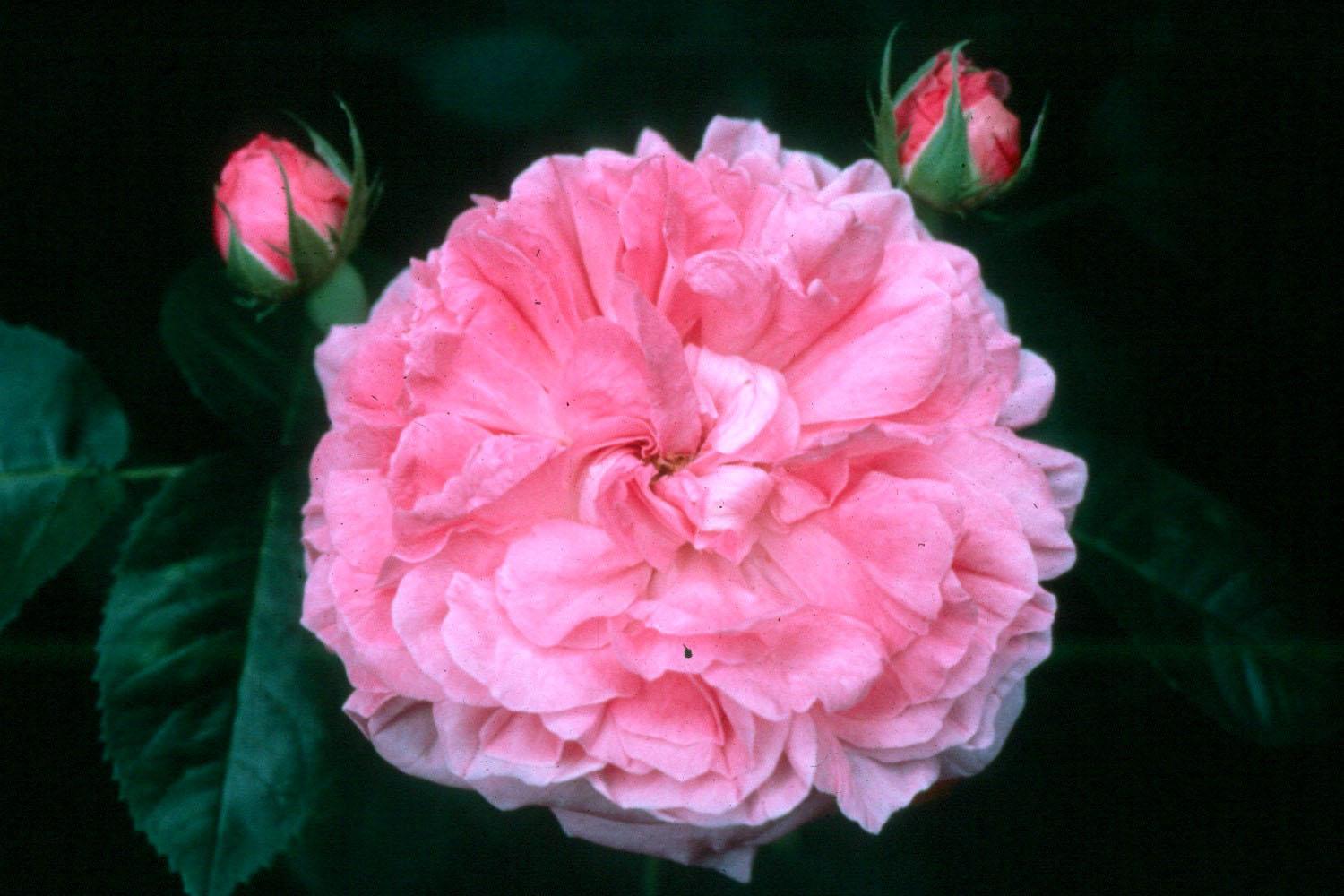Information Possibly Outdated
The information presented on this page was originally released on September 15, 2005. It may not be outdated, but please search our site for more current information. If you plan to quote or reference this information in a publication, please check with the Extension specialist or author before proceeding.
Propagate damaged plants after hurricane
By Norman Winter
MSU Horticulturist
Central Mississippi Research & Extension Center
After Hurricane Katrina, words like "uprooted," "transplanted" and "salvaged" are applied to many devastated lives, homes and communities. They also may be applied to the landscapes where homes once stood and where fallen trees now lie.
Many in the path of destruction lost plants that were significant to them. If you find yourself wanting to save a special plant that has been passed down for generations or one that you just think you might have a hard time finding again, then here are a few tips.
Division...
A general rule of thumb is to divide perennials opposite their season of bloom. Those that bloom in the spring or early summer are good candidates for dividing during the next couple of months. These can be placed in containers until they are ready to go to their new home.
Tropical plants like bananas, gingers, elephant ears and such normally are divided in the spring, but are usually resilient enough that they can be dug this time of the year. If you try this, remember that small sprouts are easiest to overwinter.
When dividing clumps, try to separate them into large pieces each having several roots.
A cutting is any part cut from the parent plant and rooted to form a new plant. The cutting can be from the main stem, a lateral branch or a leaf. Cuttings are taken from the parent plant's softwood, current season's growth or semi-hardwood (after current season's growth has hardened.)
For softwood cuttings, the new growth should be firm, mature and slightly brittle. These cuttings normally are made in June, July and August, but many plants like the hibiscus, confederate rose or countless others still growing are candidates for propagating in this manner.
Make a 8- to 10-inch cutting with pruning shears or a sharp knife. Cut about an inch below the node on a stem and make the cut at a slant. Remove the lower half of the cutting's foliage, but be sure to leave at least one-third of the upper foliage to make food and enhance rooting. Always remove flower buds.
If possible, dip the base of the cutting in a rooting hormone to hasten rooting. Rooting hormone is easy to find at your garden center, but if it's not available, don't despair - you'll probably be successful anyway.
Place the cuttings in a pot or box filled with a moist potting mix or sand, which is my preference. Place the cuttings at least 2 inches apart and keep moist at all times. I like to keep the propagation box in light shade or filtered light. Most softwood cuttings root in four to six weeks. When the roots are one-half to three-fourth inches long, transplant to either a permanent location or a larger container until you are ready to move them to the landscape.
Treat semi-hardwood cuttings the same way. These take longer to root.
If you feel the need to dig up a rose, hibiscus, camellia or other shrub, it is best to do this when it is dormant. However, it can be done now if necessary.
You will not be able to get all of the roots when you dig the rootball. To compensate, cut back at least 50 percent of the foliage. I like to hand prune to maintain a pleasing shape. With a rose bush, prune more deeply, keeping four or five really good canes. Remember that roses are easy to propagate by cutting.
Dig up as large a rootball as you can handle, and place the plant in a large container filled with a good potting mix. Don't be afraid to prune the roots to fit in the container. Place this container in an area with a little morning sun and then shade. After the transplant shock is over, gradually move the plant to more and more light. Grow like any other container plant until you are ready to place it in its new location.
If you have a lot of trees down and log truck will have to be brought into your landscape, you may have to do dig up plants that survived to protect them from damage while the clean-up is done.








